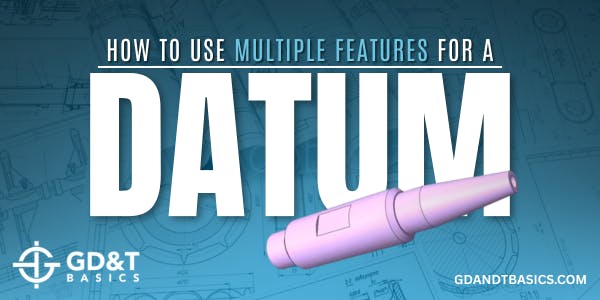
How to Use Multiple Features for a Datum
In this Question Line video, Jason explains why and how to use multiple features on a part to create one singular datum.

In this Question Line video, Jason explains why and how to use multiple features on a part to create one singular datum.
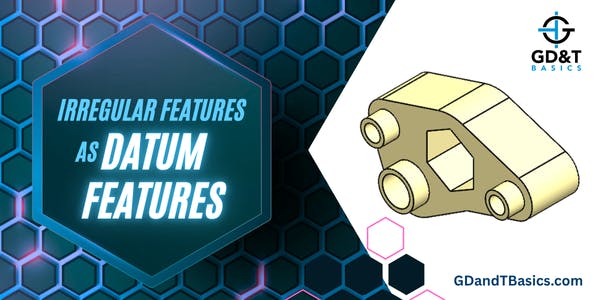
In this Question Line video, Jason explains how an irregular feature like a hexagon can serve as a primary datum feature and discusses how this part could be inspected – touching on gage design for manual inspection and point cloud analysis using a CMM.

In this Question Line video, Jason discusses a drawing that has a tight tolerance on the location of two holes that relate back to datum features that have much larger form control tolerances.
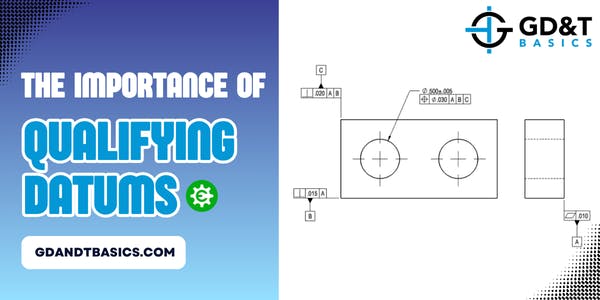
In this Question Line video, Jason explains how datums are qualified and the difference between how CMMs and physical datum simulators set up the datum reference frame for a manufactured part.
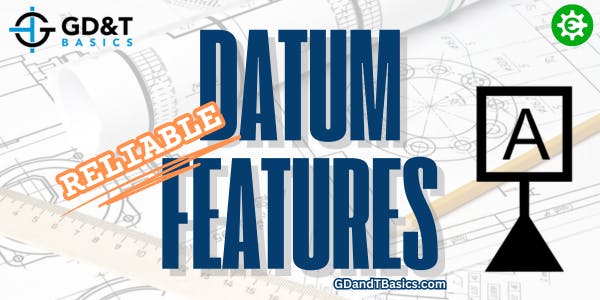
In this Question Line video, Jason discusses reliable datum features. He explains that unreliable datum features can be avoided by following the functional intent of the part and walks through two drawing examples to explain the thought process behind selecting datum features.

In this Question Line video, Jason responds to a question regarding radial hole patterns as datum features. He discusses how to set up the datum reference frame, how the datum reference frame controls degrees of freedom, and how to apply the Maximum Material Boundary.

In this Question Line Video, Jason discusses datum preferences for hollow cylindrical parts, where both the ID and OD of the part are mating features.
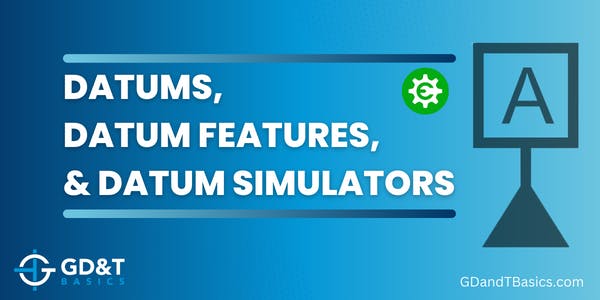
In this Question Line Video, Jason uses the example of a cylindrical datum feature to show how non-planar datums can be simulated and how they are able to constrain degrees of freedom.

Why doesn't a feature of size that is indicated as a datum feature need to be located? In this article and corresponding question line video, we look at two drawing examples to illustrate why datum features are not located.
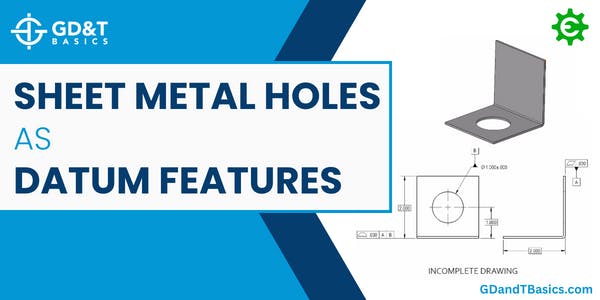
If I specify a hole in a practically thin feature, such as a piece of sheet metal, is this still considered a cylindrical datum? Is this a poor choice of datum? In this article, we look at an example to help us answer these questions.
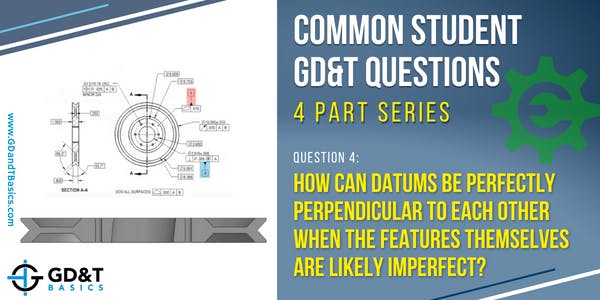
How can datums be perfectly perpendicular to each other when the features themselves are likely imperfect? The feature axis and the datum axis derived from the feature are found in two different ways, using the Unrelated Actual Mating Envelope and the Related Actual Mating Envelope.
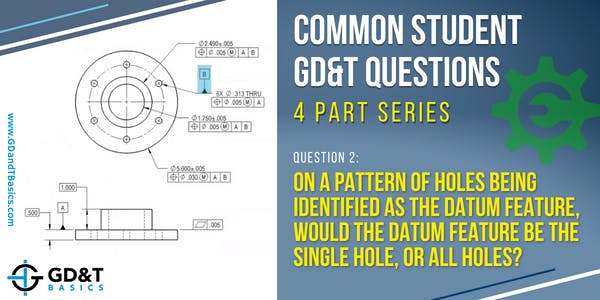
We often see a pattern of holes indicated as a datum feature in a GD&T drawing. How do we simulate this to create our datum reference frame?
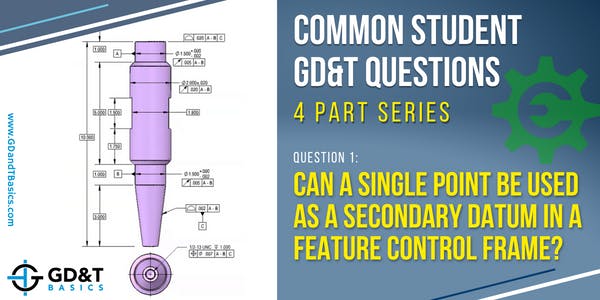
Can a single point (without clocking) be used as a secondary datum in a feature control frame? To answer this question, we first need to determine what datum feature is being represented by this single point. Read on to discover the answer to this commonly asked question from our GD&T students.